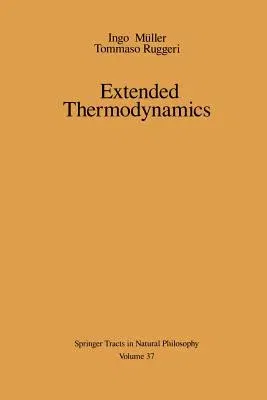Ingo Müller
(Author)Extended Thermodynamics (Softcover Reprint of the Original 1st 1993)Paperback - Softcover Reprint of the Original 1st 1993, 11 January 2012

Qty
1
Turbo
Ships in 2 - 3 days
In Stock
Free Delivery
Cash on Delivery
15 Days
Free Returns
Secure Checkout
Part of Series
Springer Tracts in Natural Philosophy
Print Length
230 pages
Language
English
Publisher
Springer
Date Published
11 Jan 2012
ISBN-10
1468404490
ISBN-13
9781468404494
Description
Product Details
Authors:
Book Edition:
Softcover Reprint of the Original 1st 1993
Book Format:
Paperback
Country of Origin:
NL
Date Published:
11 January 2012
Dimensions:
23.39 x
15.6 x
1.3 cm
ISBN-10:
1468404490
ISBN-13:
9781468404494
Language:
English
Location:
New York, NY
Pages:
230
Publisher:
Weight:
344.73 gm

